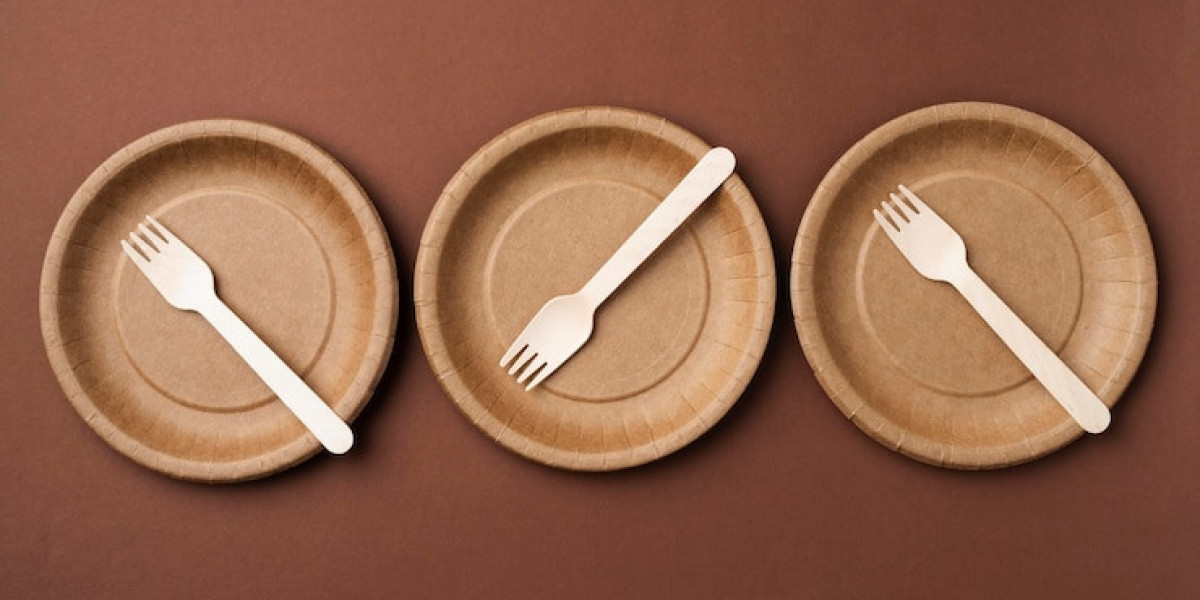When it comes to taking care of your cat, one of the most important aspects of their daily routine is choosing the right litter box. A good cat litter box can improve your cat’s hygiene, comfort, and overall well-being while making your life easier. At Pet Easy, we understand the importance of selecting the right litter box, as it can significantly impact your cat's behavior and the cleanliness of your home. In this guide, we will explore the various types of cat litter boxes, the features you should consider, and how to choose the perfect one for your furry companion.
Types of Cat Litter Boxes
The market for cat litter boxes is vast, offering various designs and functionalities to cater to different preferences and needs. Each type of litter box serves a unique purpose, ensuring that no matter your cat's habits, there’s a solution to suit their lifestyle.
1. Traditional Open Litter Boxes
Traditional open litter boxes are the most basic type, featuring a simple, rectangular design. These boxes are easy to clean, and they allow your cat to have easy access to their litter. Although they lack the privacy that some cats may desire, they are still a reliable and cost-effective option for many pet owners.
Pros:
Affordable and widely available
Easy to clean
Suitable for most cats
Cons:
May cause odors to spread more easily
Can create a mess around the box, especially if your cat is a vigorous digger
2. Covered Litter Boxes
Covered litter boxes are enclosed to give cats more privacy while they do their business. They often come with a hood or a full cover, providing a barrier to contain odors and prevent litter from being kicked out of the box.
Pros:
Keeps odors contained
Less mess around the box
More privacy for your cat
Cons:
Some cats may feel trapped or claustrophobic
Can be harder to clean, especially with a full lid
3. Self-Cleaning Litter Boxes
Self-cleaning litter boxes are a technological innovation that automates the process of cleaning up after your cat. These litter boxes feature sensors that detect when your cat has used the box and automatically rake the waste into a separate compartment. While more expensive than traditional boxes, they save time and effort.
Pros:
Automatic waste removal
Reduces the need for daily scooping
Helps minimize odors
Cons:
Higher initial cost
Requires maintenance, such as replacing rake components or cleaning sensors
Not suitable for all types of litter
4. Top-Entry Litter Boxes
Top-entry litter boxes feature an entrance at the top of the box, as opposed to the side. These boxes are ideal for cats that like to dig or scatter litter, as they prevent messes by keeping the litter contained inside. Additionally, they can discourage dogs or other pets from accessing the litter box.
Pros:
Keeps litter contained
Ideal for homes with multiple pets
Reduces the mess from digging
Cons:
May be difficult for kittens or older cats to access
Requires more effort to clean
5. Large and Extra-Large Litter Boxes
If you have a large cat or multiple cats, investing in a larger litter box may be necessary. Large litter boxes offer more space for your cat to move around and can reduce territorial behavior in multi-cat households. These boxes come in various shapes and designs, including open and covered options.
Pros:
Provides more space for larger cats or multiple cats
Reduces territorial behavior
Suitable for multi-cat households
Cons:
May take up more space in your home
More expensive than smaller options
Key Features to Look for in a Cat Litter Box
When selecting a litter box for your cat, it’s essential to consider various features that can enhance comfort, cleanliness, and convenience. Here are some factors to keep in mind when making your decision.
Size and Shape
The size of the litter box should be appropriate for your cat’s size. Cats need enough space to move around comfortably, especially when digging and covering their waste. For larger cats or multi-cat households, opt for a more spacious litter box. The shape of the box should also allow your cat to enter and exit easily, with no barriers or awkward angles.
Material
The material of the litter box plays a crucial role in its durability, odor control, and ease of cleaning. Most litter boxes are made from plastic, which is lightweight and resistant to moisture. Some high-end models may feature anti-bacterial coatings or be made from materials that reduce odor buildup.
Ease of Cleaning
Cats are clean animals, and they expect their litter box to be maintained to a high standard. Opt for a box that is easy to scoop and clean, especially if you have a busy schedule. Self-cleaning models reduce the need for manual scooping, while open boxes are easy to maintain with a scoop and liner.
Odor Control
Controlling odors is one of the most critical aspects of a litter box. Covered litter boxes and self-cleaning options typically do a better job at containing odors, but you can also use high-quality clumping litter or add deodorizing agents to regular boxes to minimize smells. Make sure to clean the box regularly to keep odors under control.
Accessibility
Consider your cat’s age, size, and health when choosing a litter box. Older or arthritic cats may struggle with high sides or heavy lids, so opting for a low-entry box is a good idea. Similarly, kittens may find it difficult to enter high-sided boxes, so a smaller, open option may be more appropriate.
How to Maintain Your Cat Litter Box
A clean litter box is essential for your cat’s health and happiness. Regular maintenance will also help control odors and ensure that your home remains fresh and pleasant. Here are some key maintenance tips to follow:
1. Scoop the Litter Daily
Even if you have a self-cleaning litter box, it’s still important to scoop out waste daily. This will help prevent the buildup of bacteria and odors. Use a good-quality scoop that can handle clumping litter effectively.
2. Change the Litter Regularly
Even the best litter can become saturated with odors after a while. Make sure to change the litter completely every two to four weeks, depending on how frequently it’s used. Wash the box with warm, soapy water before refilling it with fresh litter.
3. Keep the Box in a Quiet, Accessible Location
Cats appreciate privacy when using the litter box. Try to place the box in a quiet, low-traffic area of your home where your cat can go about their business without distractions. Avoid placing the box next to their food or water bowls, as this can make them reluctant to use it.
Conclusion
Choosing the right cat litter box is an essential part of providing your feline companion with a clean and comfortable environment. Whether you prefer a traditional open litter box, a covered model, or a high-tech self-cleaning box, there are plenty of options available to meet your cat's needs. At Pet Easy, we strive to help pet owners make informed decisions that improve the quality of life for both their cats and themselves. By considering factors such as size, material, ease of cleaning, and odor control, you can find the perfect litter box that will keep your cat happy and your home smelling fresh.







